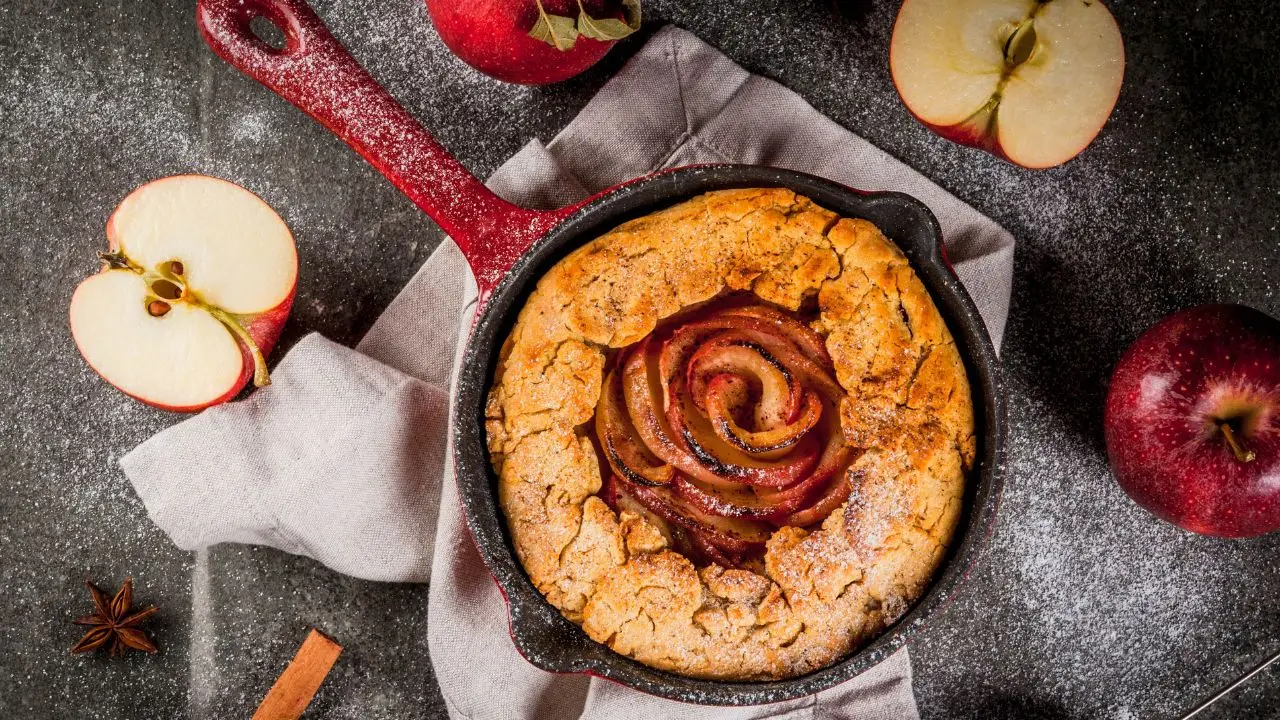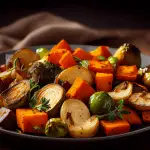Five Steps to Nutritious and Traditional Winter Baking: Warm Your Heart and Your Health
As the days grow shorter and the air becomes crisper, a deep-seated urge stirs within us. It’s not just the call of cozy sweaters and crackling fireplaces; it’s the siren song of Nutritious and Traditional Winter Baking. The intoxicating aroma of spices, the rich flavors of warm fruits and nuts, the comforting act of kneading dough – all conspire to create an irresistible magic. But what if this season’s indulgence could be more than just delicious? What if you could nurture your body as well as your soul with every decadent bite?
Welcome to the world of nutritious and traditional winter baking! Here, we celebrate the heritage of seasonal treats while making mindful choices that enhance your well-being. So, preheat your oven, grab your mixing bowl, and follow these five steps to create baked goods that are as good for you as they are for your taste buds:
5 Steps to Nutritious and Traditional Winter Baking
1. Embrace Whole Grains: Ditch the refined flours and swap them for nutrient-rich alternatives like whole wheat, rye, oat, or even spelt. Additionally, these flours boast dietary fiber, vitamins, and minerals, adding texture and a subtle, nutty flavor to your bakes. Start by substituting half of the refined flour in your favorite recipe with a whole-grain option. Gradually increase the proportion as you experiment.
2. Get Sweet on Natural Alternatives: Honey, maple syrup, applesauce, and even mashed bananas can replace refined sugars, offering natural sweetness and additional nutrients. Experiment with different options depending on the recipe and desired flavor profile. For example, honey adds a floral note to breads, while mashed bananas lend a moist texture to muffins. Remember, you may need to adjust baking times and liquid quantities when using natural sweeteners.
3. Spice Up Your Life: Winter spices are not just for aesthetics; they’re powerful antioxidants and can aid digestion. Moreover, cinnamon, ginger, nutmeg, cloves, and cardamom add warmth, depth, and complexity to your baking. Don’t be afraid to get creative! For example, try a pinch of cayenne pepper for a subtle kick in gingerbread cookies or a sprinkle of star anise in your fruit crumble.
4. Make Friends with Nuts and Seeds: Packed with healthy fats, protein, and fiber, nuts and seeds are nutritional powerhouses. For instance, walnuts, almonds, pecans, chia seeds, and hemp seeds can be incorporated into batters, sprinkled on top, or even ground into flour for added texture and nutritional value. Think of cranberry pecan bread, pumpkin seed cookies, or a sprinkle of chopped walnuts on your apple pie.
5. Don’t Fear the Frozen: During the winter months, fresh fruit choices are often limited. However, fear not! Frozen berries, fruits, and even vegetables can be fantastic additions to your baking. Not only do they retain their nutrients, but they also add delightful bursts of flavor and vibrant color. For example, you can toss frozen blueberries into your muffins, swirl frozen raspberries into your cheesecake, or even grate frozen zucchini into your banana bread for extra moisture.
Bonus Tip: Remember, portion control is key to keeping your treats balanced. Enjoy your homemade goodies in moderation, savor each bite, and pair them with other healthy choices throughout the day.
With these steps in mind, you can transform your winter baking into a celebration of flavor, tradition, and well-being. So, embrace the season’s bounty, explore natural alternatives, and experiment with mindful substitutions. You might be pleasantly surprised at how deliciously satisfying nutritious baking can be!
So, step into your kitchen, embrace the magic of winter baking, and create sweet treats that nourish your body as well as your soul. Happy baking!
Enjoying this? Also read this: From The Culinary Collective Kitchen here are ways to add Spices to Warm Your Winter Meals





